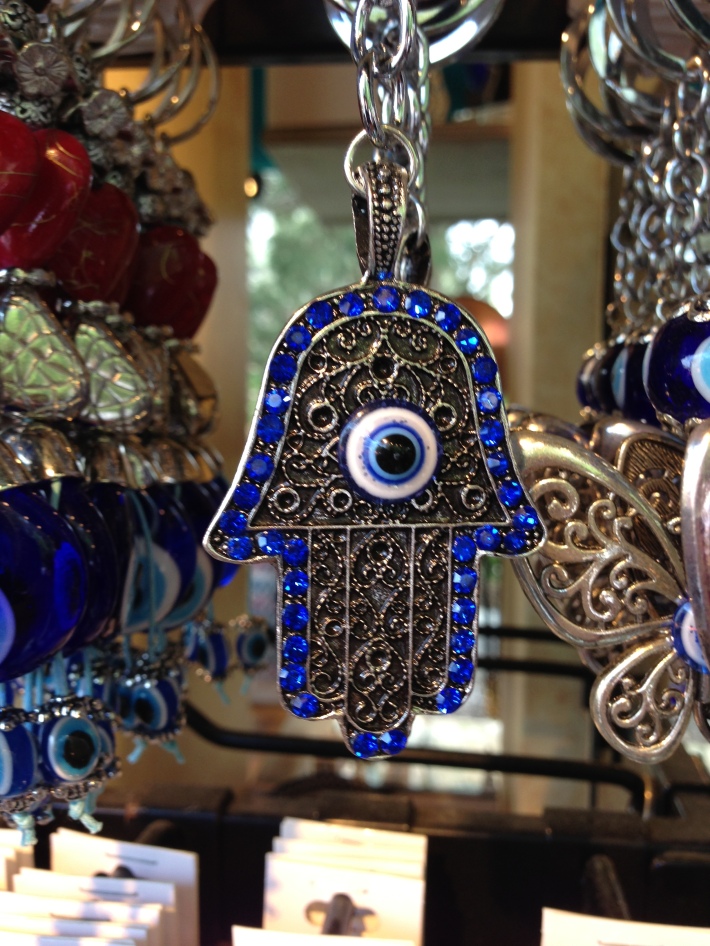Today, even in the modern world, we are surrounded by symbols whose beliefs and traditions go back thousands of years. They have succeeded in their most important function of guarding and protecting their secrets and confidential information.
The fear of the evil eye has been ongoing since prehistoric times. It represents the fear of those destructive energies that arises from negative emotions, like jealousy hatred and envy.
Many early cultures adopted the eye as an icon for their protection, others used Hamsa Hand or Hand of Fatima and so over time the most popular universal symbol became an eye placed in the palm of a hand.
Hamsa hand or Hand of Fatima can now be found as an attractive symbol in people’s homes or may even be worn by them as ornaments. Many people still place it in their homes where the guests can see in the moment they enter. As there is a widespread belief that it will protect the house and household from disasters primarily fire.


